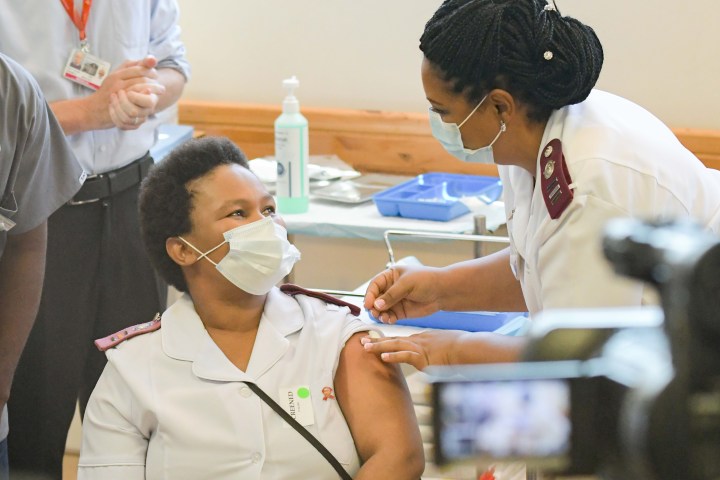GROUNDUP OP-ED
The paradox of infection and vaccination statistics that causes confusion

Although it may seem like many of our vaccinated friends are infected with Covid, this isn’t a sign that vaccines aren’t working.
I pen this note from my Covid sickbed. (That should reassure you that I’m not too ill.) Six quite close friends of mine (seven with me) have taken ill with Covid in the last two weeks, though none of us has had contact with the others. We have all been fully vaccinated. One of us, in her twenties, is visiting from Israel and has been triply vaccinated. A member of our circle commented to me that the vaccine clearly is not offering protection against infection by the Omicron variant. She may be right, and this is a view gaining popularity. But I thought it important to explain why it is wrong to draw that conclusion from the observation that many people, or even most people, who are infected have already been vaccinated. Such an erroneous conclusion is likely to feed the anti-vax lobby.

Max Price (Photo: Michael Hammond)
Let’s imagine you have a community of friends and associates of 200 people whose infection and vaccination status you are likely to be aware of through word of mouth and social media. Let’s further assume that at the start of a given wave of Covid infections, only 25% of them are fully vaccinated. And let’s accept that the vaccines are 50% effective in preventing infection. (I am not concerned here with their efficacy in preventing serious illness, where the evidence is that vaccines are far more effective.) If, in an unvaccinated population, during a given infection wave, 30% would become infected, then in a vaccinated population, a 50% vaccine efficacy means that only 15% would become infected. Applying this to our community of 200, of the 150 who are not vaccinated, about 45 will be infected (30% of 150) and of the 50 who are vaccinated, about eight will be infected (15% of 50). Out of the total of 53 infected people, 15% will be vaccinated and 85% will be unvaccinated. This would accord with our intuitive expectations of the effect of vaccination on infection rates.
Now let’s picture a scenario where 90% of our circle of associates is vaccinated; that is, 180 out of the 200. This is not unreasonable even now, especially in older, middle-class communities, or among people working at companies that have implemented vaccine mandates. As the wave hits this community, 30% of the 20 unvaccinated individuals will get infected, that is, six; and 15% of the 180 vaccinated individuals, that is, 27. So out of a total of 33 infected individuals, only 18% will be among the unvaccinated population, and 82% will be in people who have already been vaccinated. Hence the paradox: the higher the levels of vaccination in the community, the higher the proportion of infections that will occur in vaccinated people. But that does not signal an ineffective vaccine because in total there are now only 33 infected people compared with 53 in scenario one. But our experience in our circle will indeed be that almost everyone who gets infected, will already have been vaccinated.
Returning to my current small circle of six friends all infected and all vaccinated, the relevant question which we did not consider, in part because it is harder to quantify, is how many of my vaccinated friends did not become infected? That number and proportion would be much higher than in an unvaccinated population. As it happens, all but one of the live-in partners are still testing negative — all were vaccinated. It is likely the vaccine protected them from infection. DM
First published by GroundUp.
"Information pertaining to Covid-19, vaccines, how to control the spread of the virus and potential treatments is ever-changing. Under the South African Disaster Management Act Regulation 11(5)(c) it is prohibited to publish information through any medium with the intention to deceive people on government measures to address COVID-19. We are therefore disabling the comment section on this article in order to protect both the commenting member and ourselves from potential liability. Should you have additional information that you think we should know, please email [email protected]"





 Become an Insider
Become an Insider